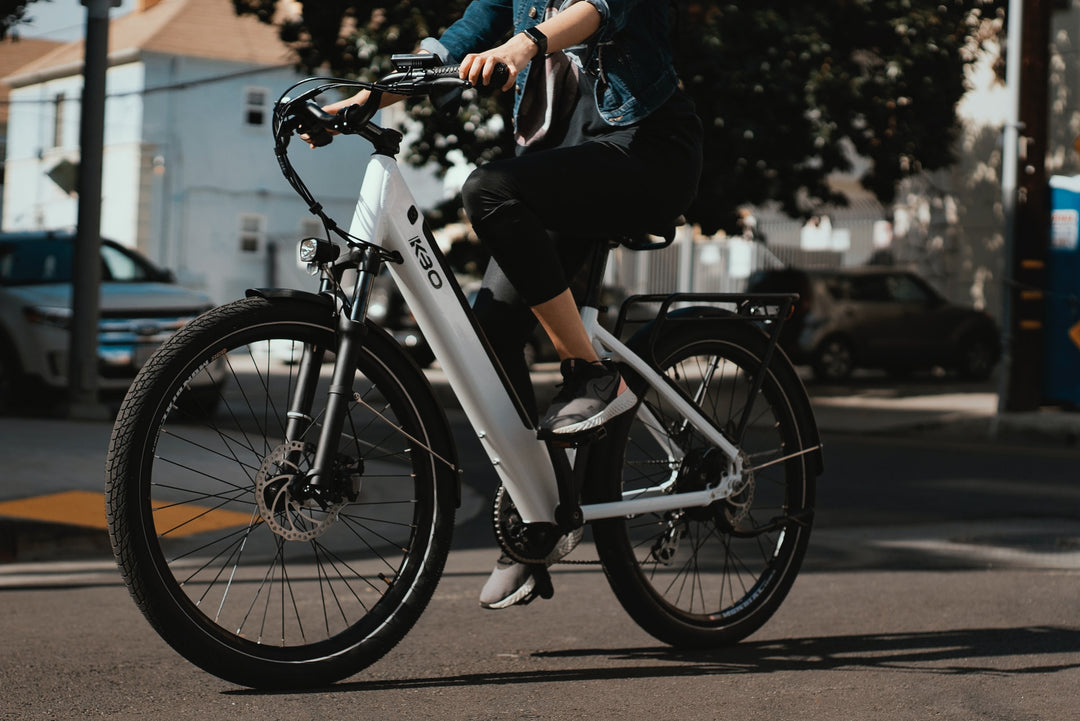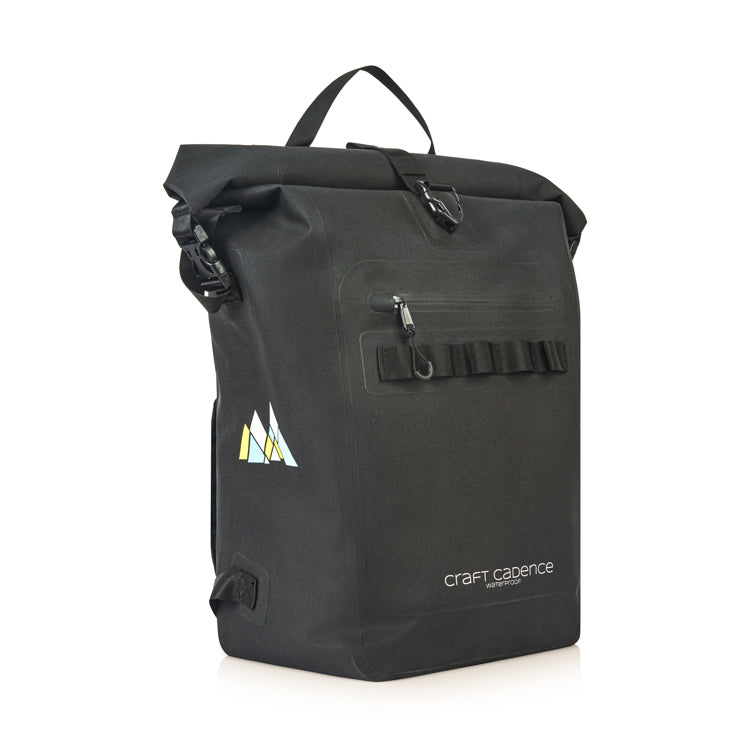An Insider's look into a N95 certified mask filter
When shopping for masks, you will no doubt see claims that the mask is N95 or N99 rated. What does that actually mean, and how does that relate to PM2.5, which is another number that seems ubiquitous when looking for masks.
What's the difference between N95 and PM2.5
The first distinction that needs to be made is that a N95 or N99 label is related to the mask's ability to filter out airborne particles, whereas PM2.5 refers to the size of the airborne particles themselves. So for example PM2.5 refesr to particles that are 2.5 microns, which is equivalent to 1/3 of the diameter of a strand of hair.
A N95 rating means that the the mask is able to filter out at least 95% of airborne particles larger than 0.3 microns. A N99 rating means that it is able to filter out more than 99% of airbone particles larger than 0.3 microns.
These ratings are U.S. based standards, from the National Institute for Occupational Safety and Health (NIOSH).
I also see ratings like KN95, FFP2 - what are those?
You will also see ratings such as KN95 , P2 and FFP2. These are equivalent standards in other parts of the world, all referring to the same rating as the N95. For example, KN95 is the Chinese standard, P2 is the Australian standard and FFP2 is the European Union standard.
While the exact tests performed under the respective countries and their standards are slightly different, there are generally regarded to be "equivalent", such that if you purchased a mask with a KN95 or FFP2 rating, it is the same as a N95 rating.
3M has a good comparison of the tests performed by different standard bodies around that world that that are equivalent to the N95 standard.
What is the N95 rating actually on?
It is important to understand what the N95 rating is actually on. For respiratory masks, the N95 rating is on the entire mask itself. They are therefore more effectively at filtering out airborne particles. In our other post comparing the effectiveness of masks on filtering air pollution, respiratory masks routinely scored higher than 97% in filtration performance.
For cycling masks or everyday pollution masks, the N95 rating is on the replaceable filter, not on the entire mask. So while the filter itself is certified to filter out 95% of airbone particles, the overall filtration performance of a cycling mask has been tested to be around 80% as the mask itself does not have as tight a seal as a medical grade respiratory mask.
Does this mean that everyone should go out and buy N95 respiratory masks? Not necessarily. Theses masks are designed for medical and industrial applications, are single use, and are uncomfortable to wear for prolonged periods of time. A washable, reusable mask with replaceable filters can be more practical, presents better value for money over time while providing adequate protection from harmful particles. You could even wear a surgical mask inside a pollution mask to prolong the life of a single use surgical mask while creating an additional layer of protection.
Craft Cadence face mask with nanofiber technology
Craft Cadence is pleased to announce that our new V2 ViralOff face masks will come with both a sewn in N99 certified nanofibre filter, and the option to insert removable N99 certified nanofibre filters to further prolong the life of the mask. This is the first mask in the world (that we are aware of) to have both options available.
Most mask provider will either have the filters sewn in but not the option to insert removable filters, or allow for removable filters without a sewn in filter.
The reason why we are providing both is that a sewn in filters provides the best filtration efficiency possible as the filter covers more surface area and because it is sewn in, there is no chance for the filter to move around.
We also added a filter pocket to use removable filters further down the line because we think it is wasteful to throw away a mask once the sewn in filter has reached the end of its useful life.
We think it is the right thing for the environment to continue using the mask with removable filters for as long as it is possible. We make less money this way but it is the right thing to do.
In summary, our V2 ViralOff reusable mask comes with the following layers:
- Layer 1: ViralOff antiviral technology on outer layer made from recycled polyester
- Layer 2: Nanofiber FFP3 (N99 equivalent) certified filter sewn in between 2 fabric layers
- Layer 3: Stays Fresh anti-odour and antibacterial inner layer from recycled polyester
- Layer 4: An additional Stays Fresh recycled polyester layer to create a filter pocket
We are also pleased to be able to provide on request:
- The FFP3 (N99) certified report of our nanofiber filters
- An internal wash report which shows that the filter loses 2% of the filtration efficiency after 10 washes. We will look to gain third party certification of the after wash filtration efficiency of the filter in the future.
- Our Polygiene ViralOff laboratory results and certification, showing that our outer layer eliminates 99% of viruses within 2 hours, including SARS-Cov-2.




